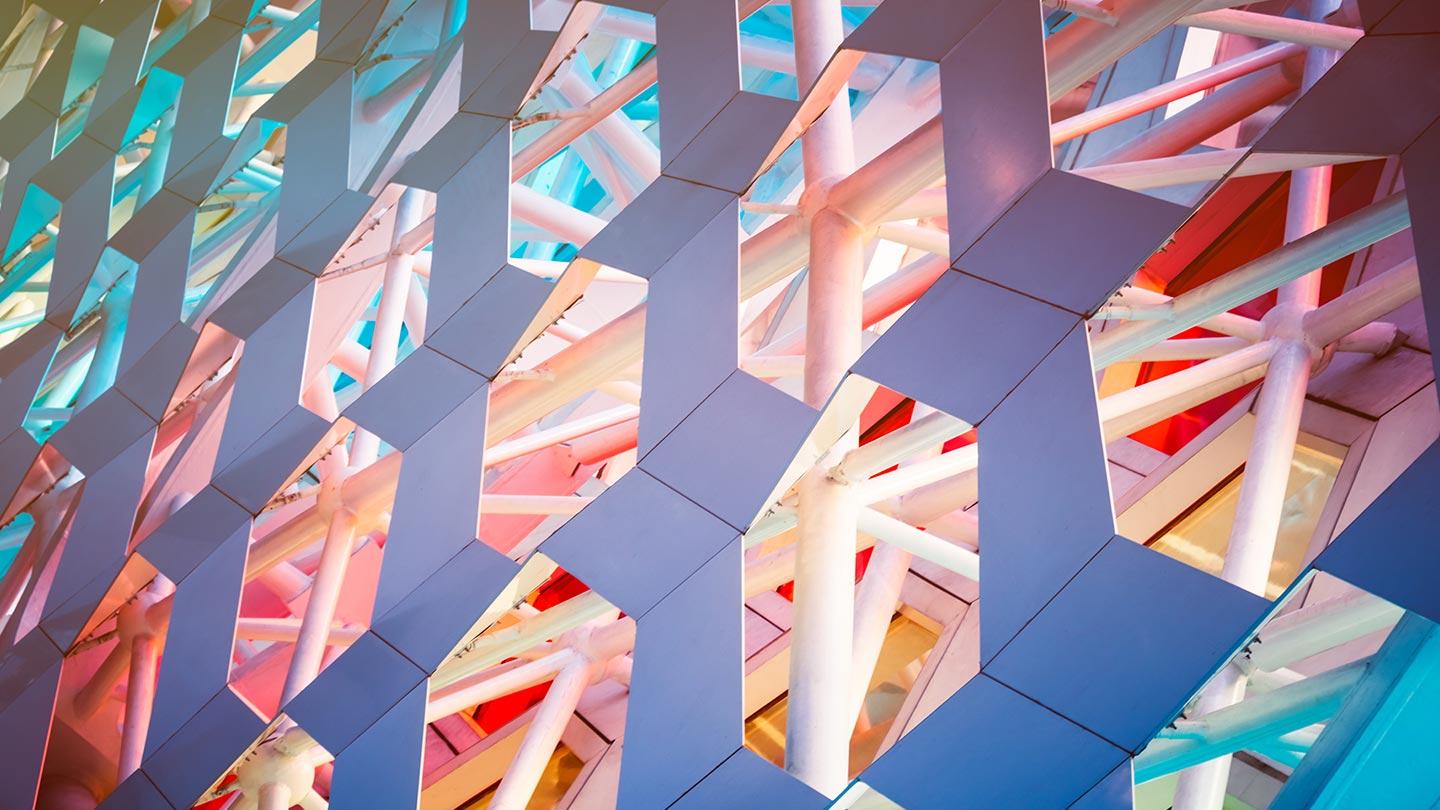Architect 2.0: How technology is driving the industry
Architecture is an industry defined by evolution.
Take Brunelleschi’s dome atop the Santa Maria del Fiore in Florence, which took influence from Rome’s ancient Pantheon but achieved its monumental scale through genius use of Renaissance mathematics.
Or Zaha Hadid’s Guangzhou Opera House, a suitably theatrical spectacle for the modern world, held together with joints built using medieval techniques. New breeds of architects perpetually innovate - while keeping an eye on the heritage of the past - to evolve their craft.
The adoption of technology in architectural practice has undoubtedly allowed this creativity to be more easily achieved, but it has also enabled the industry to extend its business proposition far beyond its traditional remit of design and construction.
Architects now have the potential to become fully fledged service providers, creating new revenue streams and ongoing client relationships by embracing new technology.
To better understand how, Foundry Trends spoke to IBI Group - a global, technology-driven design firm making exciting progress.

Service providers for the “smart” era
Since the beginning of the decade, developments in Internet of Things (IoT) technology have enabled the rise of the ‘smart’ building. Having complicated sensor networks interwoven throughout new-builds is now the norm, with building management systems able to control all aspects of maintenance centrally - all while collating vast amounts of valuable data.
“There’s a huge opportunity for architects to use the metadata they are collecting to their advantage, and not just by being able to control the temperature or lighting within a building,” said Matt Clementson, Global Portfolio Manager for Visualisation Services at IBI Group.
By linking data collection with augmented reality (AR) technology, architects may be the driving force behind a more efficient, technologically empowered form of building maintenance service.
He explained: “We’re looking at how maintenance professionals could be equipped with AR headsets that can instantly show where a problem lies within a building or a room. They’ll have all the data they need to complete a job, overlaid on the wall in front of them.”
While this is certainly an exciting proposition, Clementson did admit we’re still a few years away from it becoming a reality. “Right now, the tech - particularly AR goggles - isn’t quite there. I’m sure it’ll catch up soon, especially as we’re driving its development ourselves!”

Visualisation in VR
As we’ve previously explored, advanced digital design visualisation tools have allowed more thorough visualisation across a huge range of industries, from fashion to construction.
Realistic textures and materials are allowing designers more accuracy in detail than ever before, eliminating much of the ‘disconnect’; the failure to properly convey an original idea to a client - the root of all too many design problems.
For a firm the size of IBI, this is incredibly useful. “The nature of our company means we face a whole heap of different visualisation challenges,” Clementson said. “When we’re landscaping, we need to have accurate foliage; when we’re designing interiors, we need to be able to see exactly how the light will fill a room.”
Not content with this alone, however, architects are pushing visualisation to new lengths through the incorporation of virtual reality (VR). “For our designers it’s incredibly useful,” explained Clementson. “VR gives us a better understanding of how a room will work in practice, even at the concept design stage. We can then adapt and change elements as we need - quicker than we ever could have before.”
From novelty to norm
VR visualisation is a service clients may soon come to expect, Clementson adds. “It’s still a bit of a novelty, but I think within two or three years, providing clients with a VR experience will become the norm. It’s the natural extension of what is currently going on with 2D visualisation, and graphics cards are now at a point where they can power a great experience that the client enjoys.”
With expectation for quality services like VR visualisation growing, the tools and platforms used to create them need to keep pace.